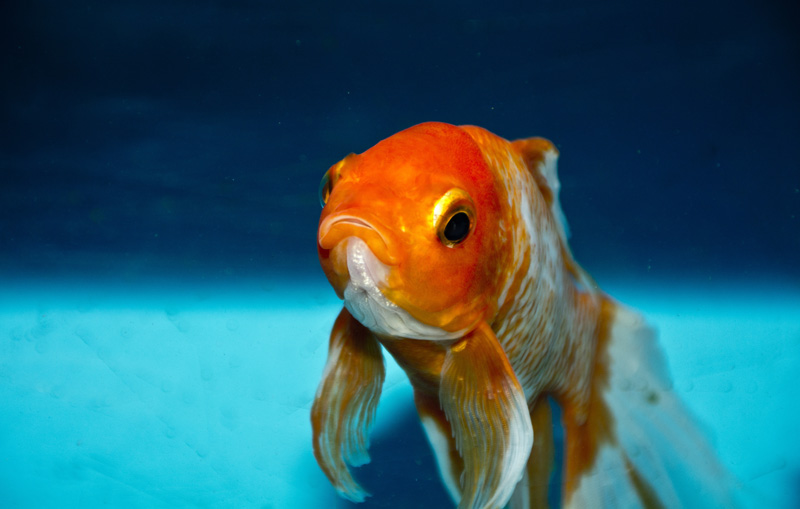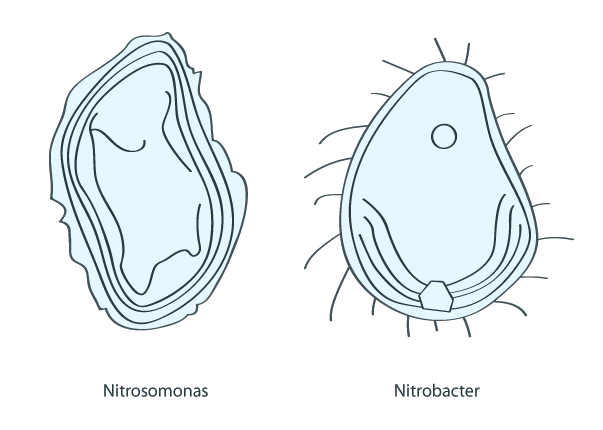Proper housing is the key to keeping your axolotl healthy! Please make sure to read all of this before buying an axolotl ᗒ(◍•ᴗ•◍)ᗕ
Aquarium size
The general rule of thumb is to allow a minimum of 10 gallons of water per axolotl. That being said, the important thing is to offer sufficient floor space for your axolotls to be able to move around comfortably. Axolotls typically reach an adult size of 10 to 12 inches, and spend most of their time walking along the bottom of the tank, rather than swimming. Here are my stocking recommendations for some common aquarium models:
- 10 gal (~20″ x 10″ x 12″): 2 juveniles, or 1 dwarf/mini axolotl
- 15 gal (~24″ x 12″ x 12″): 1 to 2 adults
- 20 gal high (~24 x 12 x 16): 1 to 2 adults
- 20 gal long (~30″ x 12″ x 12″): 2 to 3 adults
- 30 gal (~36″ x 12″ x 16″): 2 to 3 adults
- 40 breeder (~36″ x 18″ x 16″): 4 to 5 adults
- 55 gal (~48″ x 12″ x 21″): 3 to 4 adults
- 75 gal (~48″ x 18″ x 21″): 5 to 6 adults
- 120 gal (~48″ x 24″ x 25″): 7 to 8 adults
- 180 gal (~72″ x 24″ x 25″): 11 to 12 adults
Filtration
Axolotls prefer very slow-moving water and will become stressed to the point of illness if the water flow is too strong. They are very light and easily pushed around by the current. Signs that your axolotl is stressed by the water flow include forward-curled gills, sliding/slipping, and staying in one spot (particularly in a cave or tank corner.)
To avoid this issue, choose a gentle filter such as the ones advertised in my shop section — they are all tried and true axolotl-safe models! Avoid HOB (hang-on-back/power) filters and canisters without adjustable flow, unless you are prepared to turn them into a DIY project! Already bought them? See my tips & tricks section for ways to turn them into a super efficient, axolotl-safe system. [Coming soon!]
No matter which filter you choose, you will need to provide a source of biological filtration. Just like fish, axolotls are prone to new tank syndrome, which means proper cycling is absolutely essential. If you’re not sure what any of this means, please read this: Introduction to the Nitrogen Cycle (Or, Why You Killed That Goldfish When You Were Little).
Substrate (or not?)
Contrary to popular belief, axolotls do just fine in a bare-bottom tank, as long as the water flow is sufficiently gentle. I personally prefer to keep my tanks bare, as I find it easier to clean. If you prefer to use a substrate for esthetic reasons, keep in mind that both sand and gravel are now known to pose an impaction risk [article coming soon!]. If you choose to use sand, make sure the grain is small and smooth, and that the material is non-clumping. Types of sand successfully employed by aquarists include:
- Caribsea Super Naturals Moonlight Sand (stir weekly or use a thin layer)
- Caribsea Sunset Gold (stir weekly or use a thin layer)
- Seachem Meridian (not as smooth, but very small and carbonate-based — recommended as buffer if your water is on the soft/acidic side — stir weekly or use a thin layer)
- Play sand (available at hardware stores — larger grain, requires heavy rinsing — use with fully grown adults only)
- Pool filter sand (available at pool supply stores — larger grain, requires heavy rinsing — use with fully grown adults only)
Gravel is unsafe at nearly every stage of the axolotl’s life. Remember, axolotls are like babies: if it fits in their mouths, it will end up in their mouths! If you really want to use rocks, use large, smooth pebbles or river rocks that are significantly larger than your axolotl’s head, to make sure they won’t be ending up as a snack.
Decor
Axolotls like to explore their environment, so it’s a good idea to switch up their decor once in a while to keep them entertained. They like to have objects to climb, floating items to cling to, and places to hide. Pvc pipes, clay pots, caves and driftwood are all appreciated. Make sure all of the decor pieces are smooth, and too large to get accidentally swallowed. Plants are fine (plastic or live). Axolotls are carnivorous, so they have no interest in eating live plants — they just enjoy hiding in them or clinging to them for support. I recommend getting the floating kind, as they also provide shade, and will stay out of your way during water changes.
Lighting (or not?)
Axolotls don’t particularly need lighting, and will shy away from bright lights. They don’t have eyelids, which makes them easily blinded by sudden light changes. Their vision in general is poor, and they hunt largely by following smells and reacting to movements in the water. If you need to use lighting for plant growth or picture-taking, just make sure you provide your axolotl with some shaded spots to hide in.
Temperature
Axolotls are subtropical animals, which means they should never be kept in a heated aquarium. They can handle temperatures between 4 and 22°C, with 15 to 18°C being their preferred range. At 23°C, they start to get uncomfortable and often refuse to eat. At 24°C and above, the stress can cause them to get physically ill, and eventually cause death. If possible, try to keep your aquarium in a cool part of the house. During summer, you may need to cool the room down with air conditioning. A regular desk fan or a small clip-on fan may help lower the aquarium’s temperature by a few degrees. If this isn’t sufficient, you may need to purchase an aquarium fan or chiller.
Cover (or not?)
Axolotls rarely jump out of their aquariums, but it can happen. If you choose not to use a cover, make sure the water level is low enough to discourage jumping.


